COVID-19
N.Korea reports first COVID-19 death as fever spreads ‘explosively’
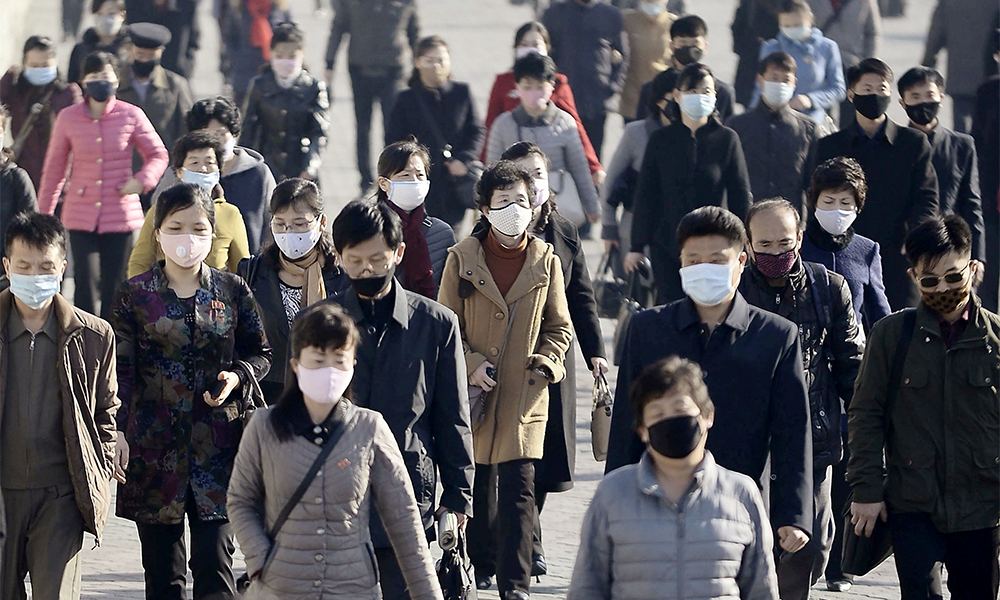
At least one person confirmed to have COVID-19 has died in North Korea and hundreds of thousands have shown fever symptoms, state media said on Friday, offering hints at the potentially dire scale of country’s first confirmed outbreak of the pandemic.
The data represents an unprecedented admission of an “explosive” outbreak in a country that had reported no previous confirmed cases since the pandemic began, and could mark a grave public health, economic and political crisis for the isolated regime.
South Korea’s new president, Yoon Suk-yeol, who took office this week, plans to provide COVID-19 vaccines and other medical support to North Koreans, and his government would discuss details with Pyongyang, his spokeswoman said on Friday, without elaborating.
Experts said that given North Korea’s limited testing capabilities, the numbers released so far probably represent a small fraction of the infections, which could lead to thousands of deaths in one of only two countries in the world without a COVID-19 vaccination campaign.
About 187,800 people are being treated in isolation after a fever of unidentified origin has “explosively spread nationwide” since late April, the official KCNA news agency reported.
Roughly 350,000 people have shown signs of that fever, including 18,000 who newly reported such symptoms on Thursday, KCNA said. About 162,200 have been treated, but it did not specify how many had tested positive for COVID-19.
At least six people with fever symptoms have died, with one of those cases confirmed to have contracted the Omicron variant of the virus, KCNA said.
Harvard Medical School’s Kee Park, who has worked on health care projects in North Korea, said the country has been testing about 1,400 people each week, which is not nearly enough to survey 350,000 people with symptoms.
“What is more worrisome is the sheer number of symptomatic people,” he added. “Using a conservative case fatality rate of 1% and assuming the surge is due to an Omicron variant of COVID-19, North Korea can expect 3,500 deaths from this outbreak.”
‘GRAVEST EMERGENCY’
North Korean leader Kim Jong Un visited the anti-virus command centre on Thursday to check the situation and responses after declaring a “gravest state of emergency” and ordering a national lockdown, KCNA said.
State media has said the outbreak began in the capital, Pyongyang, in late April, without elaborating on potential causes. The city hosted several massive public events on April 15 and 25, including a military parade and large gatherings where most people did not wear masks.
Kim, who attended some of those events, “criticised that the simultaneous spread of fever with the capital area as a centre shows that there is a vulnerable point in the epidemic prevention system we have already established,” KCNA said.
Kim said actively isolating and treating people with fevers is a top priority, while calling for scientific treatment methods and tactics, and measures to supply medication.
In another dispatch, KCNA said health authorities were trying to organise testing and treatment systems and bolster disinfection work.
The rapid spread of the virus highlights the potential for a major crisis in a country that lacks medical resources and has refused international help with vaccinations while keeping its borders shut.
Analysts said the outbreak could worsen the country’s already tough food situation this year, with the lockdown hampering its “all-out fight” against drought and the mobilisation of labour.
CALLS FOR AID
North Korea said last year it had developed its own polymerase chain reaction (PCR) equipment for COVID tests. But it declined vaccine supplies from the COVAX global sharing programme and China, possibly leaving the vast majority of people in a relatively young society at higher risk of infection.
North Korea has so far not publicised any new calls for help in countering the outbreak, but some observers were optimistic that the disclosure was a signal that the government would soon accept vaccines or other aid.
Yoon’s pledge for support came a day after Kwon Young-se, his nominee to be the unification minister, responsible for inter-Korean ties, said at his confirmation hearing that he would push for humanitarian assistance for the North, including COVID treatment, syringes and other medical supplies.
A unification ministry spokesman said on Friday that about 95.4 billion won ($74.1 million) from an inter-Korean cooperation fund was earmarked to facilitate exchanges in the health and medical area.
A U.S. State Department spokesperson said it had no plans to send vaccines to North Korea but supported international efforts to provide aid to vulnerable people there, urging Pyongyang to facilitate that work.
COVID-19
WHO declares end to COVID global health emergency
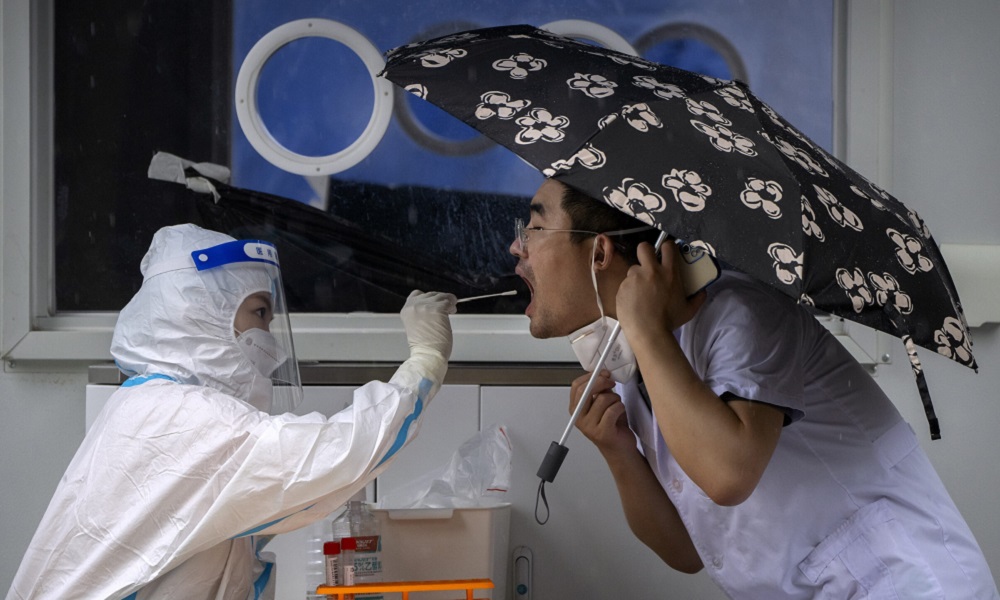
The World Health Organization said Friday that COVID-19 no longer qualifies as a global emergency, marking a symbolic end to the devastating coronavirus pandemic that triggered once-unthinkable lockdowns, upended economies and killed millions of people worldwide.
The announcement, made more than three years after WHO declared the coronavirus an international crisis, offers some relief, if not an ending, to a pandemic that stirred fear and suspicion, hand-wringing and finger-pointing across the globe, AP reported.
The U.N. health agency’s officials said that even though the emergency phase was over, the pandemic hasn’t finished, noting recent spikes in cases in Southeast Asia and the Middle East.
WHO says thousands of people are still dying from the virus every week, and millions of others are suffering from debilitating, long-term effects.
“It’s with great hope that I declare COVID-19 over as a global health emergency,” WHO Director-General Tedros Adhanom Ghebreyesus said.
“That does not mean COVID-19 is over as a global health threat,” he said, warning that new variants could yet emerge. Tedros noted that while the official COVID-19 death toll was 7 million, the real figure was estimated to be at least 20 million.
Tedros said the pandemic had been on a downward trend for more than a year, acknowledging that most countries have already returned to life before COVID-19.
He bemoaned the damage that COVID-19 had done to the global community, saying the pandemic had shattered businesses, exacerbated political divisions, led to the spread of misinformation and plunged millions into poverty.
When the U.N. health agency first declared the coronavirus to be an international crisis on Jan. 30, 2020, it hadn’t yet been named COVID-19 and there were no major outbreaks beyond China.
More than three years later, the virus has caused an estimated 764 million cases globally and about 5 billion people have received at least one dose of vaccine.
In the U.S., the public health emergency declaration made regarding COVID-19 is set to expire on May 11, when wide-ranging measures to support the pandemic response, including vaccine mandates, will end. Many other countries, including Germany, France and Britain, dropped most of their provisions against the pandemic last year.
When Tedros declared COVID-19 to be an emergency in 2020, he said his greatest fear was the virus’ potential to spread in countries with weak health systems.
Most recently, WHO has struggled to investigate the origins of the coronavirus, a challenging scientific endeavor that has also become politically fraught.
COVID-19
COVID-19 in Iran: Nearly 900 new cases, 24 deaths recorded
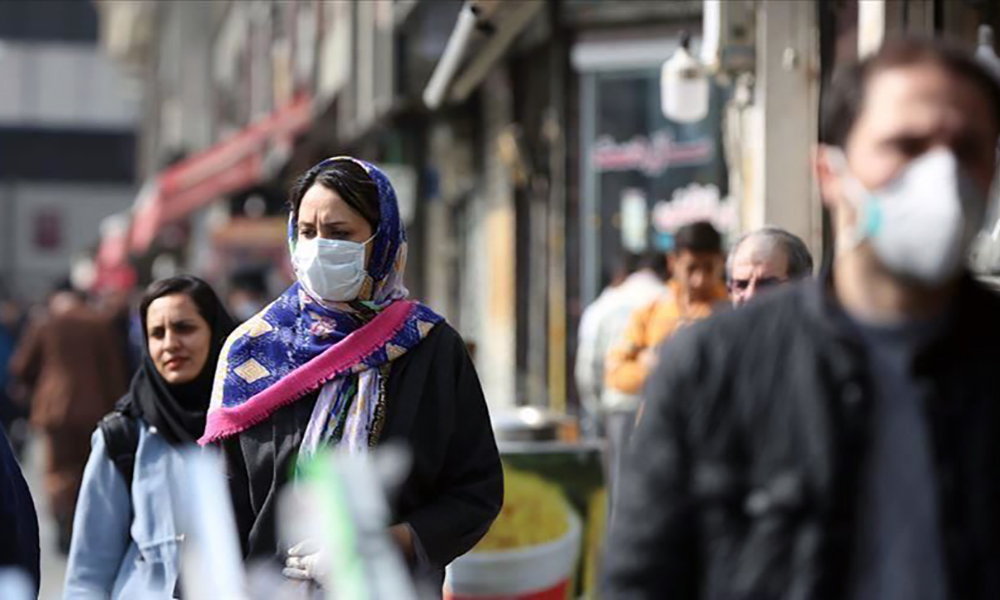
The Iranian health ministry announced on Sunday that more than 890 new cases of COVID-19 have been identified across the country during the past 24 hours, adding that 24 patients have died in the same period of time, Fars News Agency reported.
“A sum of 891 new patients infected with COVID-19 have been identified in the country based on confirmed diagnosis criteria during the past 24 hours,” the Iranian Health Ministry’s Public Relations Center said on Sunday, adding, “454 patients have been hospitalized during the same time span.”
The ministry’s public relations center said 611 people infected with COVID-19 are in critical condition.
COVID-19
China says 200 million treated, pandemic ‘decisively’ beaten
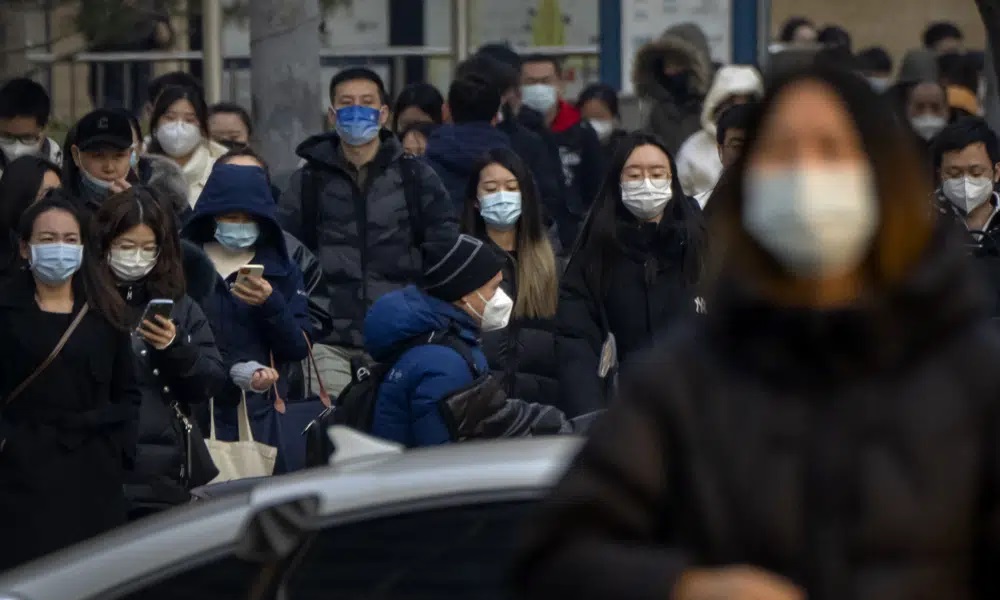
China says more than 200 million of its citizens have been diagnosed and treated for COVID-19 since it lifted strict containment measures beginning in November.
With 800,000 of the most critically ill patients having recovered, China has “decisively beaten” the pandemic, according to notes from a meeting of the ruling Communist Party’s all-powerful Politburo Standing Committee presided over by President and party leader Xi Jinping, AP reported.
China enforced some of the world’s most draconian lockdowns, quarantines and travel restrictions and still faces questions about the origins of the virus that was first detected in the central Chinese city of Wuhan in late 2019. Heavy-handed enforcement prompted rare anti-government protests and took a heavy toll on the world’s second-largest economy.
The official Xinhua News Agency quoted Xi as saying that policies to control the outbreak had been “entirely correct.” The abrupt lifting in November and December of the “zero COVID” policy that had sought to eliminate all cases of the virus led to a surge in infections that temporarily overwhelmed hospitals.
Case numbers have since peaked and life has largely returned to normal, although international travel in and out of China has yet to return to pre-pandemic levels.
China is now transitioning to a post-pandemic stage after a fight against the outbreak that was “extraordinary in the extreme,” Xinhua said.
The government will continue to “optimize and adjust prevention and control policies and measures according to the times and situations with a strong historical responsibility and strong strategic determination,” Xinhua said.
-

 Business4 days ago
Business4 days agoCommerce ministry inks 10 MoUs to boost development of small and medium-sized businesses
-

 Sport4 days ago
Sport4 days agoRashid Khan threatens BBL pullout after Australia postpones Afghanistan T20I series
-

 Latest News4 days ago
Latest News4 days agoOver 6,000 acres of land cleared of poppies in Badakhshan
-
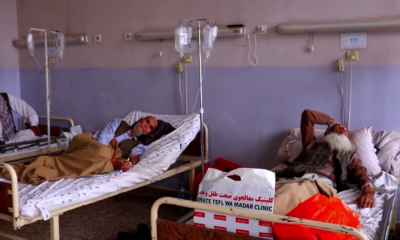
 Health5 days ago
Health5 days agoBalkh health officials report sharp increase in number of cancer patients
-
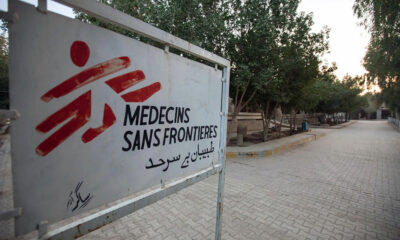
 Latest News4 days ago
Latest News4 days agoMSF ‘deeply concerned’ over new phase of deportations of Afghans from Pakistan
-

 Sport3 days ago
Sport3 days agoAfghanistan Champions League kicks off with grand opening ceremony
-
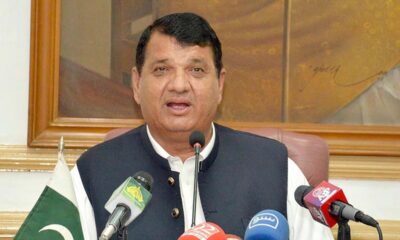
 Latest News2 days ago
Latest News2 days agoPakistan’s frontiers minister stresses ‘dignified’ return of Afghan refugees
-
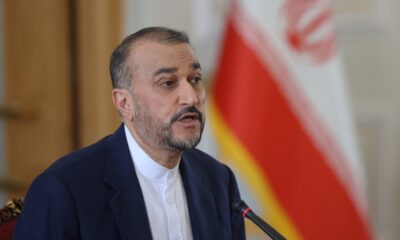
 Regional3 days ago
Regional3 days agoIran’s foreign minister downplays drone attack, says Tehran investigating

























